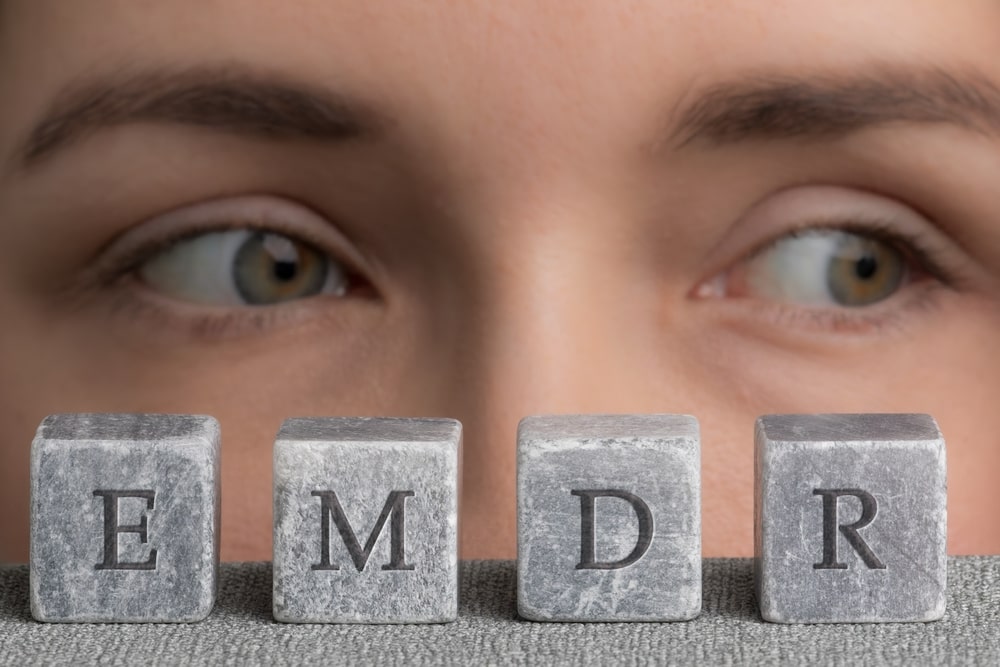When most people hear “EMDR,” they immediately think of trauma or PTSD—and for good reason. EMDR is one of the most effective therapies for processing traumatic experiences. But what many don’t realize is that EMDR can help with much more than trauma alone.
EMDR therapy works by targeting distressing memories or patterns that have become “stuck” in the nervous system. These patterns aren’t always tied to one big traumatic event—they can be linked to ongoing stress, early life experiences, or even physical symptoms that your body has learned to hold onto.
Let’s take a look at some lesser-known, but highly effective uses of EMDR therapy.
1. Anxiety That Feels Constant or Unexplained
If you’ve ever experienced anxiety that feels chronic or hard to trace back to a specific cause, EMDR can help. Through targeted reprocessing, EMDR allows your brain to uncover root experiences or unresolved patterns that may be fueling that anxiety, even if they aren’t fully conscious.
It can also help your nervous system shift out of the “fight or flight” state that keeps anxiety cycling in the background.
2. Phobias That Feel Out of Proportion
Fear of flying. Fear of public speaking. Fear of driving. EMDR has been shown to reduce or even eliminate intense phobic responses by targeting the underlying memories or associations that fuel those fears. Often, these are smaller moments that leave a lasting imprint on the brain, like a panic attack during turbulence or an embarrassing moment in front of a crowd.
EMDR helps you desensitize to those memories and build new, more adaptive emotional responses.
3. Grief That Won’t Go Away
While grief is a natural response to loss, sometimes it becomes complicated, especially when the loss was sudden, traumatic, or unresolved. EMDR can help with the emotional “stuckness” that some people experience, allowing them to process the pain without feeling like they’re forgetting the person they lost.
It’s also helpful in cases of anticipatory grief, miscarriage, or disenfranchised grief (when others don’t acknowledge the validity of your loss).
4. Low Self-Esteem & Negative Core Beliefs
Many people walk through life with a quiet (or loud) inner voice that says: “I’m not enough.”
These beliefs often start in childhood and get reinforced over time, sometimes without a major traumatic event.
EMDR can help uncover the origin of those beliefs and replace them with healthier, more realistic ones, like “I am worthy” or “I am capable.” Over time, this can lead to lasting shifts in confidence, boundaries, and relationships.
5. Chronic Pain That Has No Clear Medical Cause
Pain isn’t always just physical. In some cases, the body holds onto emotional trauma in the form of physical symptoms. EMDR has been used to treat certain types of chronic pain, particularly when stress, past experiences, or nervous system dysregulation are involved.
It doesn’t replace medical treatment, but can be a powerful complementary tool for those who feel like they’ve “tried everything” and are still suffering.
EMDR Is About More Than Trauma
Whether you’re dealing with ongoing anxiety, grief, or inner blocks that feel hard to name, EMDR might offer a path forward. It helps you reconnect the dots between past and present, without needing to talk through every detail.
Ready to Explore EMDR? Let’s Talk
At California Integrative Therapy, we use EMDR to help clients with a wide range of challenges, not just trauma. If you’re curious whether it might be the right fit for your needs, we’re here to help you find clarity. Fill out the form below to book a free consultation.










